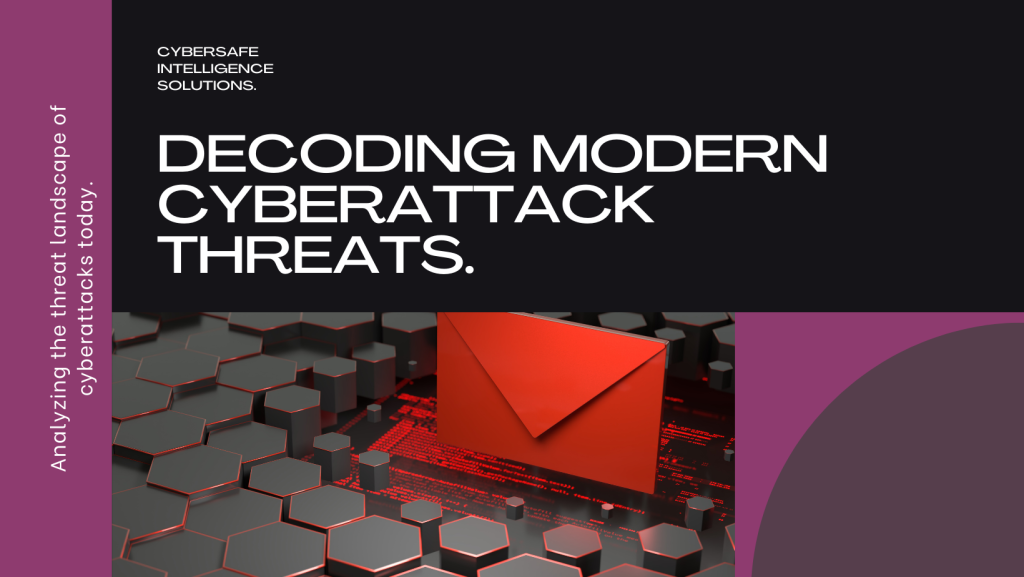Cyberattacks are a greater menace than they have ever been in the linked society we live in today. Malicious actors are always changing their strategies to take advantage of holes in our digital infrastructure, from ransomware assaults to data breaches. To protect against prospective attacks and lessen their effects, people, companies, and governments must all have a thorough understanding of the complex world of cyber dangers.
Cyberattacks can take many different forms, and each has its own goals and strategies. A prevalent kind of cyberattack is known as a data breach, in which cybercriminals access networks to pilfer confidential data, financial records, or intellectual property. Wide-ranging repercussions from these breaches may include monetary losses, harm to an organization’s brand, and legal obligations for impacted companies.
Ransomware, a kind of malware that encrypts files or computers and demands money to be unlocked, is another common danger. Attacks using ransomware have grown more complex in recent years, affecting businesses of all kinds and in a range of sectors. A successful ransomware assault can have disastrous consequences, impairing client trust, disrupting operations, and resulting in financial losses.
Apart from the conventional risks, nascent technologies like artificial intelligence (AI) and the Internet of Things (IoT) offer novel opportunities for cyber abuse. IoT device vulnerabilities, including those in connected appliances or smart thermostats, can be used to start massive botnet assaults or obtain illegal access to private networks.
Similar to this, machine learning techniques are used by AI-powered attacks to automate and customize hostile behaviors, making them harder to identify and stop.
Organizations need to take a proactive approach to cybersecurity in order to counter the growing threat of cyberattacks. To prevent unwanted access and data breaches, this entails putting strong security measures in place including firewalls, encryption, and multi-factor authentication. Frequent penetration tests and security audits can assist in finding vulnerabilities and addressing them before bad actors can take advantage of them.
Moreover, corporate culture and knowledge are important factors in cybersecurity, making it more than just a technical problem. Workers at all organizational levels need to be trained to spot suspicious activities and educated on the dangers of cyberattacks.
Organizations may improve their defenses against cyberattacks and reduce the chance of a successful breach by cultivating a culture of alert and accountability.
Staying ahead of the curve in an era where cyber dangers are always changing calls for constant monitoring, innovation, and cooperation across sectors and businesses. Through comprehension of the threat picture and preemptive efforts to fend off prospective attacks, people and organizations may confidently and resiliently navigate the cyber battlefield.


